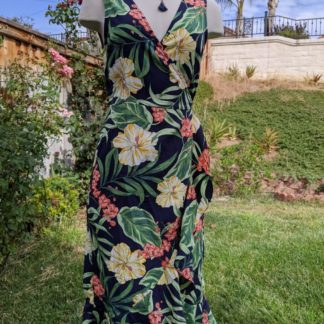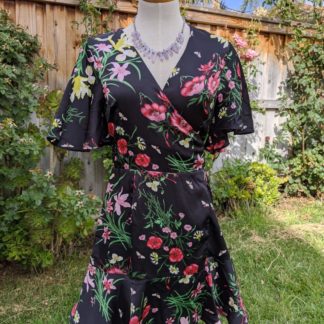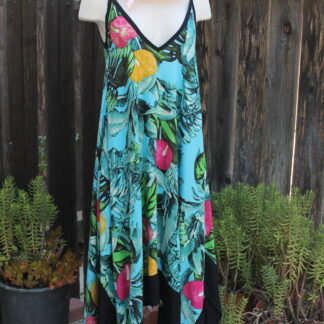You have heard the term no doubt, but what exactly is a “Bali Bead”? The answer may seem apparent – any bead from Bali should fit the bill. In fact, the term is more specific. It traditionally refers to hand made, sterling silver beads from Bali, Indonesia.
Bali is a tiny tropical island amidst the vast Indonesian archipelago. An island of Hindus in a country with the largest Muslim population in the world, Bali is the cultural repository of a rich heritage. This heritage includes a tradition of metal smithing that dates back thousands of years and reached a pinnacle during the Majapahit Dynasty of the 14th and 15th century. When Islam swept through the islands of Indonesia, Hindu artisans fled to Bali, where to this day, they continue to practice their craft.
Although the Balinese traditionally wear only high karat gold jewelry, in the 1970’s they began to work in silver for the export market and quickly achieved a global reputation for intricate designs in granulation and wire work. Extremely reasonable prices assured their success. From the onset, however, issues of authenticity and quality control have plagued the business.
With the rising popularity of Bali beads, unscrupulous businessmen have entered the market, making it difficult for customers to navigate through a sea of potential suppliers. There are even businesses that advertise “Bali Beads” made in Turkey or India. In this instance, they are usually referring to a style- silver colored beads with intricate patterns against a contrasting background- but the terminology can also be intentionally deceptive. These beads are often of low or zero content silver. They may be low grade silver polished to a high finish for the temporary look of sterling. Alternatively, some companies cast base metal or even plastic, both of which can be silver plated to great effect. Other manufacturers make molds of handmade beads and cast them. A great deal of the detail and texture is lost in this process but the untrained eye can be easily misled.
Unfortunately, plenty of authentic Balinese beads are also made from silver of questionable purity. To earn the label ‘sterling silver’ beads must be a minimum of.925 silver. In order to achieve this level consistently, it is necessary to begin with an even higher level of silver since a certain degree of contamination is unavoidable in handmade products. Many smiths are reluctant to incur this additional expense. The temptation to dilute the silver proves irresistible to many smiths, especially if they are pressured to cut prices.
When I decided to begin producing Balinese beads and findings over a decade ago, there were very few silver smiths making beads. After importing Balinese handicrafts and jewelry for several years, I was well aware of the challenges I would face. These challenges included bringing production in on time, meeting design requirements with precision and assuring consistent quality. Building my own production facility became an indispensable part of my business plan.
With a closed shop we are able to closely monitor production and intervene before problems become crises. By providing meals, we assure that our smiths are well nourished (hungry people don’t do good work). By paying a fair wage we assure that our employees have a vested interest in seeing the company succeed. By employing women on an equal footing with men, we do our part to empower women in a culture where they are traditionally subservient to men. Some of these issues seem tangential to quality, but they all add up to a key concept – pride in product.
Many problems with silver quality have simple explanations. Poor quality tools lead to poor quality beads and many smiths can’t afford or don’t have access to modern tools. The same can be said of supplies, everything from the blackening solution that gives Bali beads their high contrast, to polishing compounds, to simple things like sand paper, come in varying grades. Proper tables, torches, lighting and ventilation, all of these contribute to the quality of the finished product.
There are certain components, like pin backs and earring posts that should actually be machine made in order to ensure consistency and reliability. At our facility, we regularly import state of the art supplies and equipment to assist in production. This policy is part of a conscious effort to use technology to enhance traditional craftsmanship rather than supplant it.
Even the highest quality silver, supplies and equipment don’t guarantee results. We have a whole department dedicated to quality control where beads are examined one by one for their finish, detail, size and shape. Routine testing is also necessary to assure that smiths aren’t tempted to pocket sterling silver and substitute a lower grade.
Beyond technical quality, design integrity adds another dimension to any discussion of Bali beads. There is a small core of designs that have become accepted as generic Bali beads. Apart from these, imagination is the only limiting factor in creating exciting new designs. At Nina Designs, we invest considerable time and energy creating innovative new designs. Since most of us come from a jewelry background, we design each new collection of beads with matching findings like clasps and earring tops. This approach allows designers to create whole lines of jewelry based on one of the many different motif themes found in our catalog. We respond to the relentless pace of the fashion world by offering new bead collections every six months. This allows our clients to give their jewelry lines a fresh, updated look every season.
Unfortunately, many vendors of Bali beads simply graze on what they find available in the streets of Celuk, the primary silver producing village in Bali. They buy generic designs or knock-offs of other people’s work. At best, this approach leads to a boring selection, at worst it violates copyright laws. In practical terms there are other potential complications. When designs are copied out of context they usually morph into caricatures of the original model. I have seen toggle clasps where the bars don’t fit through the loops and obvious copies of my designs where the carefully arranged patterns have become blobs of random shapes.
So, how do you tell a genuine, high quality Bali bead from a lemon? Rule one: Know your supplier. Is the company well established? Do they have a catalog or showroom? Do they have their own production facility? Are they committed to paying fair wages? Do they use imported supplies? Do they provide smiths with imported equipment? Do they create their own designs?
If a company meets these criteria they will have a higher overhead, and therefore higher prices, but the company is much more likely to stand by their product. Gypsy traders with low overhead can undercut established businesses but they are difficult to hold accountable for shoddy products.
Reasonable people can disagree on how much a high quality sterling silver Bali bead should cost. For many, Bali beads are a commodity, bought and sold by the gram. The gram pricing is very competitive, putting pressure on smiths and wholesalers to cut corners and make fraudulent claims. At Nina Designs we treat each bead as a miniature work of art. As such, we buy and sell them individually, giving both the bead and the silver smith the respect they deserve. In turn, we offer our clients the highest quality beads.





